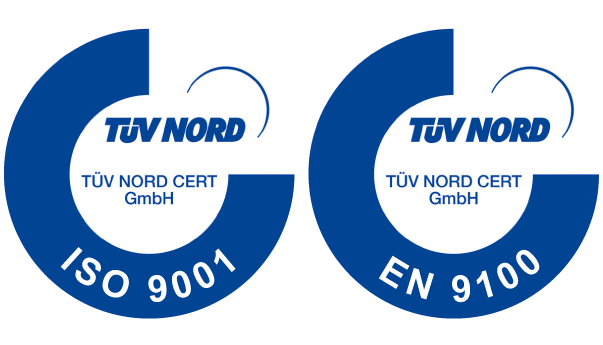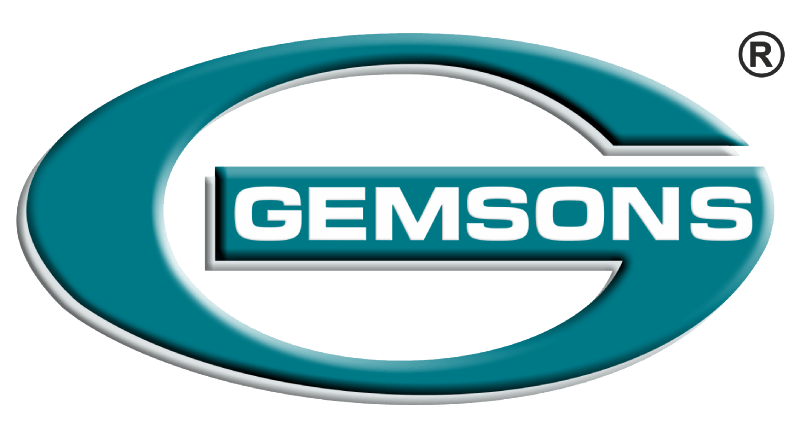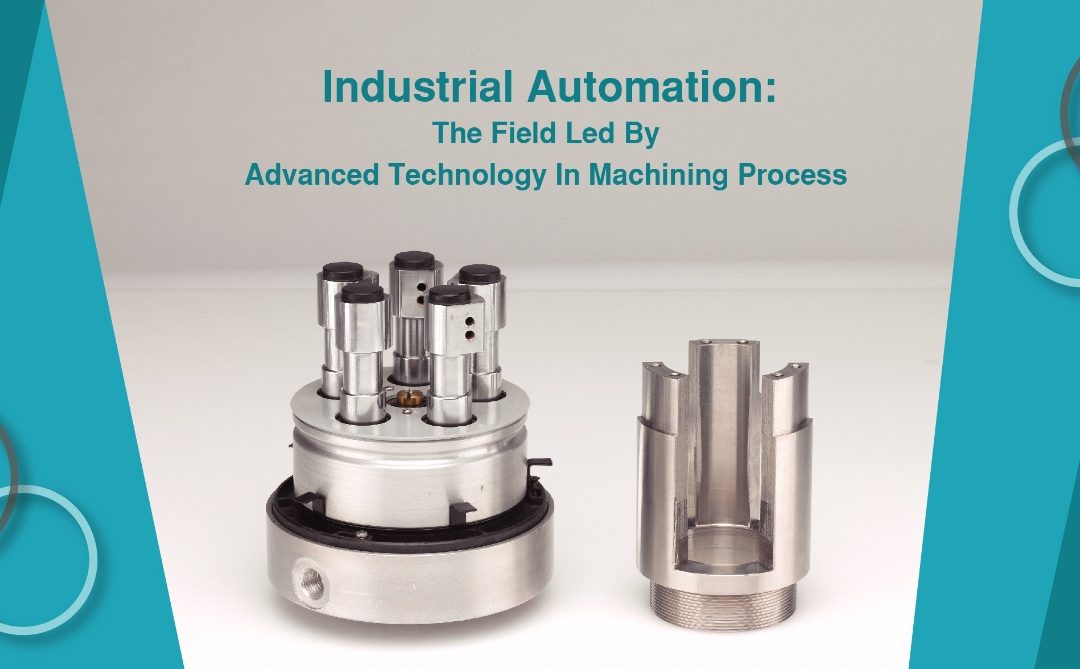Industrial automation is the use of control devices to control production processes and machines, eliminating as many interventions as possible and replacing outdated assembly operations with automated ones. Industrial automation parts are closely related to engineering management.
Control systems are an integral part of an automation system. Various types of closed-loop control methods ensure that process variables follow set points.
In addition to this basic function, the automation system uses various other functions:
- Calculation of parameters for control systems,
- Plant startup or shutdown,
- System performance monitoring,
- Equipment planning, etc.
Control systems, combined with controls adapted to industrial conditions, helps to provide a flexible, efficient and reliable production system.
Industrial automation benefits
Manufacturers face many challenges in today’s competitive business world. Some of these challenges include harsh industrial environments, increasingly complex supply chains, meeting the latest energy efficiency standards, and competing with companies at very low marginal costs. Many of these reasons are pushing manufacturers towards industrial automation.
The benefits of industrial automation include:
- Increase in labour productivity
- Improving product quality
- Reduced labour or production costs
- Reducing the routine of manual work
- Increase safety
- Helped to remove monitoring
- Increase in labour productivity
Automation increases the speed of production by producing more output for given labour input. It is impossible for people to work for long hours without losing precision. On the other hand, without sacrificing accuracy, automated control systems are capable of operating for long hours. Hence, productivity and labour productivity increase per hour of labour intensity.
One of the main advantages of automation is that the percentage of defective products is reduced. With manual control of the production process, a compromise on the quality characteristics of the product is possible. But the automation system performs operations with greater conformity and uniformity to quality requirements.
Reduced labour or production costs
Many industrial automation parts systems are helping industrial enterprises achieve significant long-term savings by replacing human labour with automated equipment. This helps in reducing unit costs.
Automation equipment running smoothly or evenly 24 × 7 not only improves productivity but therefore leads to an excellent return on investment through savings in wages, labour costs, pensions and employee costs. The automated system also reduces labour shortages by replacing automated operations in lieu of labour.
Reduced manual work
In many industrial applications, process variables such as temperature, liquid level, pressure, etc. must be monitored periodically as a routine task to maintain their set levels. Thus, the automation system creates an automatic operating state using closed-loop control systems.
With the introduction of an industrial automation parts system, work becomes safer due to the transfer of an employee from the place of active participation in the process to a leadership role. Automated machines can operate in hazardous and other extreme conditions. In addition, these systems use industrial robots instead of human workers, especially in life-threatening conditions (chemical and high-temperature conditions).
The industrial automation system prevents:
- Accidents,
- Injuries to workers,
- Emergency situations.
With the help of automation systems, industrial processes are controlled and monitored at all stages to obtain a high-quality final product.



Recent Comments